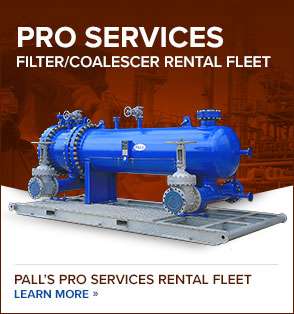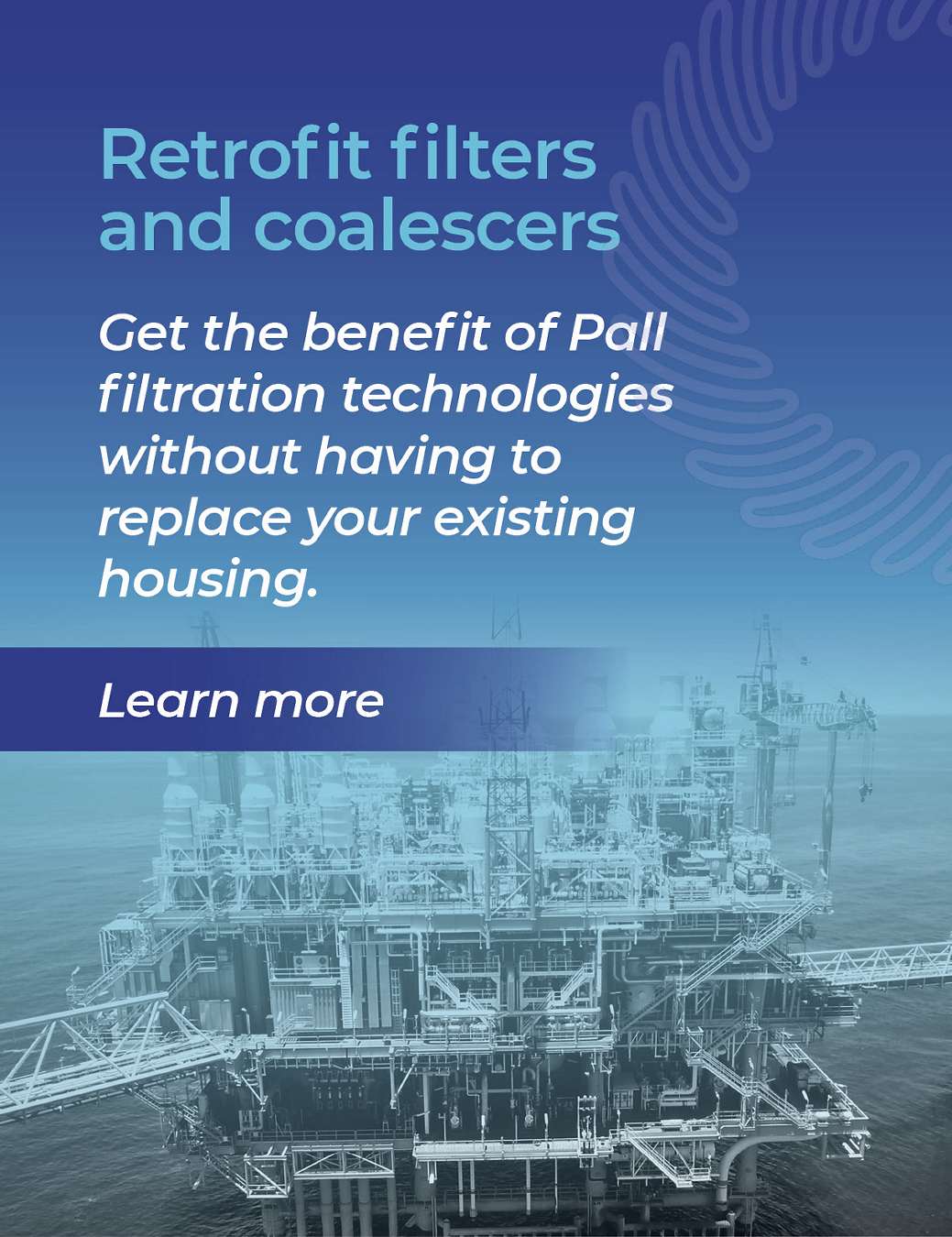Refinery Requirements for Caustic Treatment
Caustic treatment is used to upgrade a wide range of liquid fractions from LPG to diesel fuels and heating oils. As the caustic solution (and often a catalyst) mixes with the hydrocarbon feed it either extracts or sweetens mercaptans, depending on the process used.
Caustic Carryover
However, the combination of the hydrocarbon and mercaptan rich caustic also forms a very stable emulsion that is difficult to separate, causing significant quantities of caustic carryover in the product. This results in off-specification products due to haze or elevated sodium concentration and loss of caustic. In many cases the entrained caustic is fed to processes where sodium is a poison to the catalyst.
Because the emulsion is so stable, knock-out drums, sand filters and packed vessels are not able to efficiently separate the caustic emulsion from the hydrocarbon streams.
Refinery Needs From Caustic Treatment
- Achieve oil production quotas via reliable treatment of mercaptans and hydrogen sulfide
- Meet product quality specifications for haze and sodium levels
- Protect and extend run life of downstream catalytic process units
Refinery Production Challenge / Pall Solution for Caustic Treatment
| Challenge | Solution |
|---|---|
Meet product specifications | Improve refinery productivity and product specifications by removal of spent caustic carryover via effective liquids and solids removal downstream of the extractor.
|
Protect downstream catalytic process units | Improve protection of downstream process units by removal of spent caustic carryover via effective liquids and solids removal downstream of the extractor. This is where better caustic filtration options are critical.
|
Caustic Treatment Process Flow Diagram
Key Application in Caustic Treatment/Filter Recommendations (other applications not shown)
| Diagram number | Application | Pall Product | Customer Benefits |
|---|---|---|---|
| 1 | Prefiltration prior to liquid/liquid coalescer | Nylon or polyphenylene sulfide (PPS) Profile® filter | Low operating costs by improving the life of the liquid/liquid coalescer |
| 2 | Spent caustic treatment | PhaseSep® EL in horizontal configuration | Assured production and quality by meeting caustic filtration specifications for haze and sodium levels
Prevents downstream unit downtime from caustic contamination of catalytic processes |
For more information on improving the efficiency of your processes, contact our team of filtration experts.
Our Products
Leading the Industry with product solutions that fit your customers needs.
Let’s find the right solution, together.
Let’s connect. We want to share our innovative filtration solutions with you today. Contact our knowledgeable subject matter experts for information on how we can help. Thank you and we look forward to assisting you shortly.


